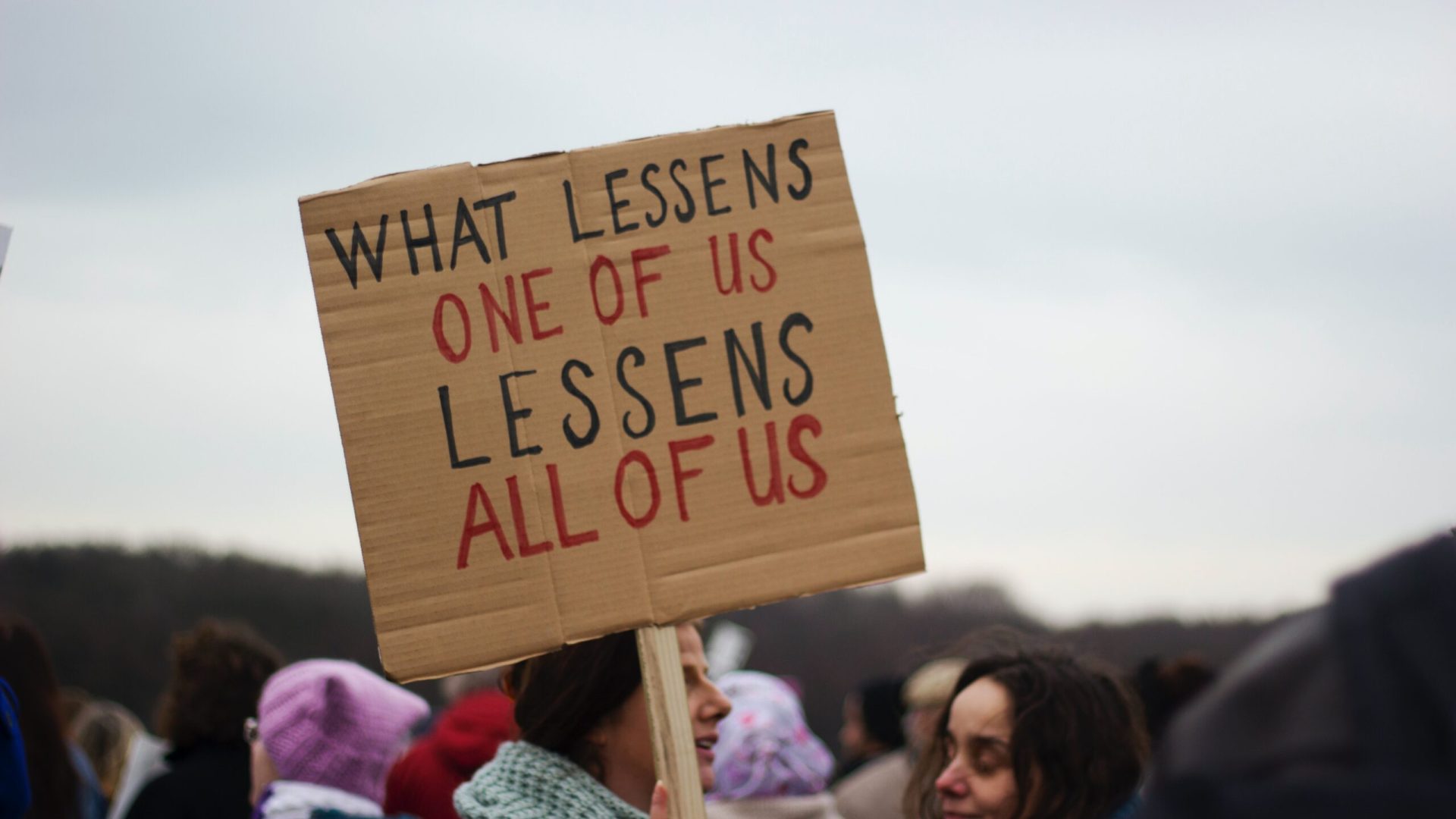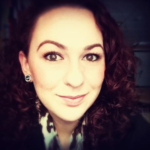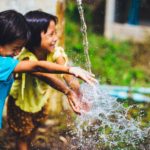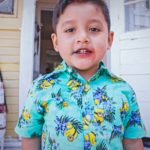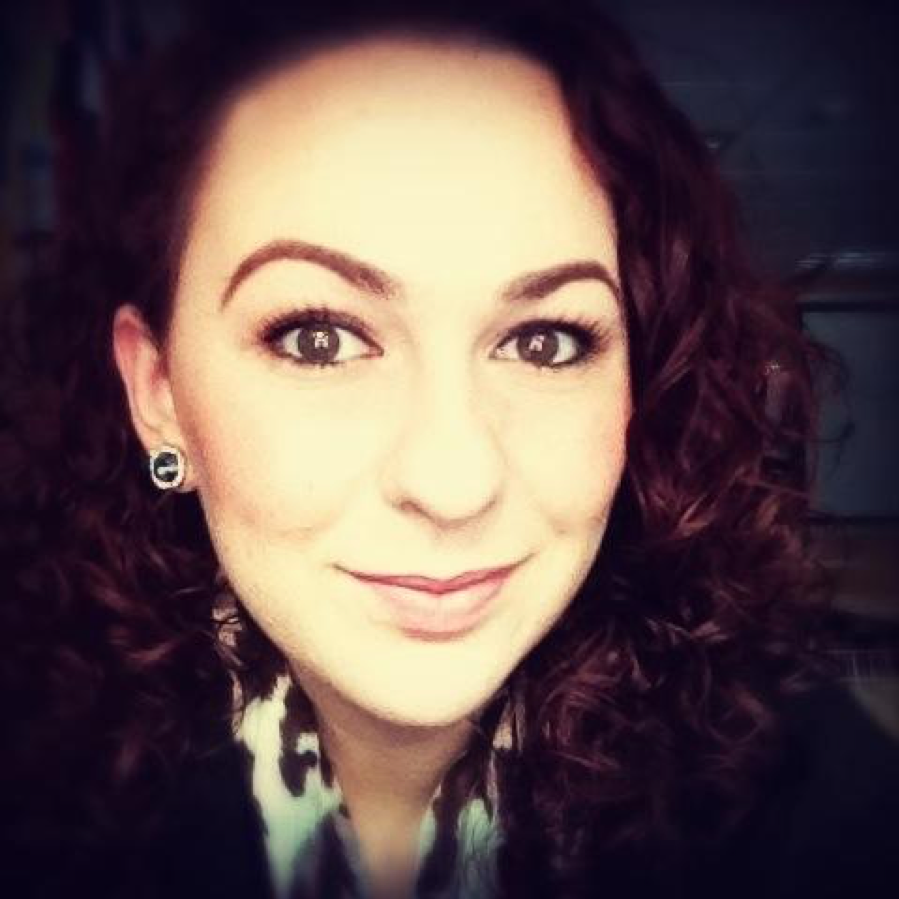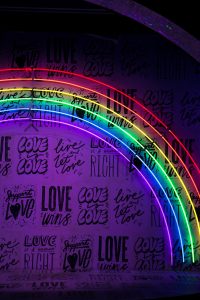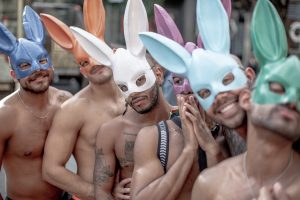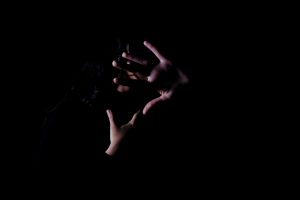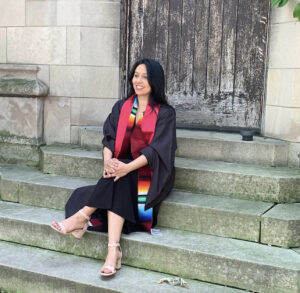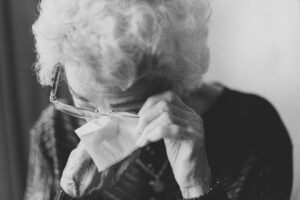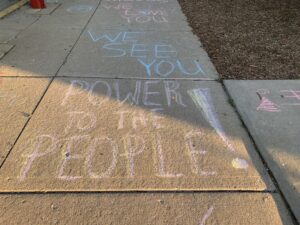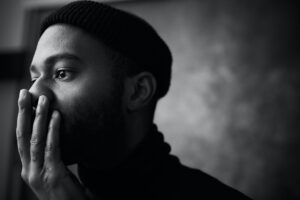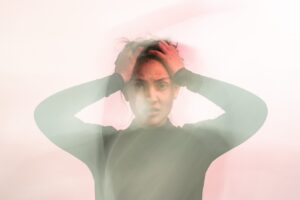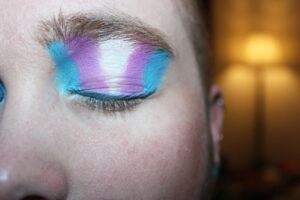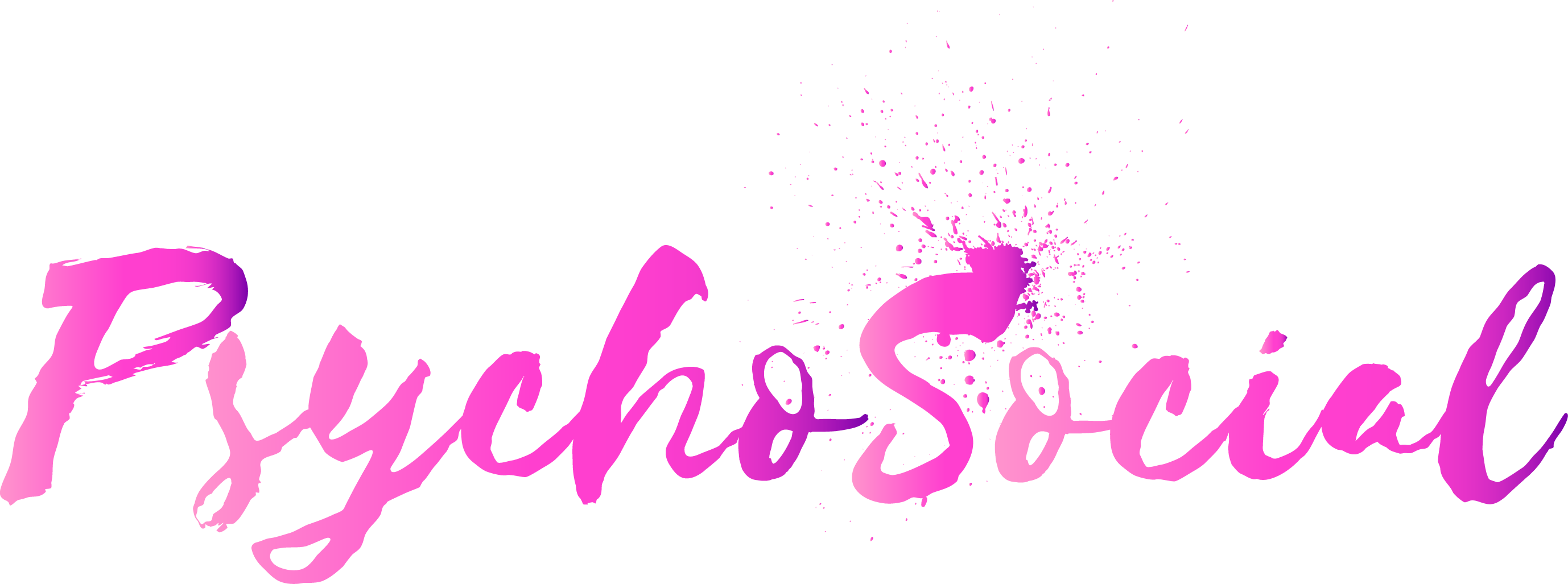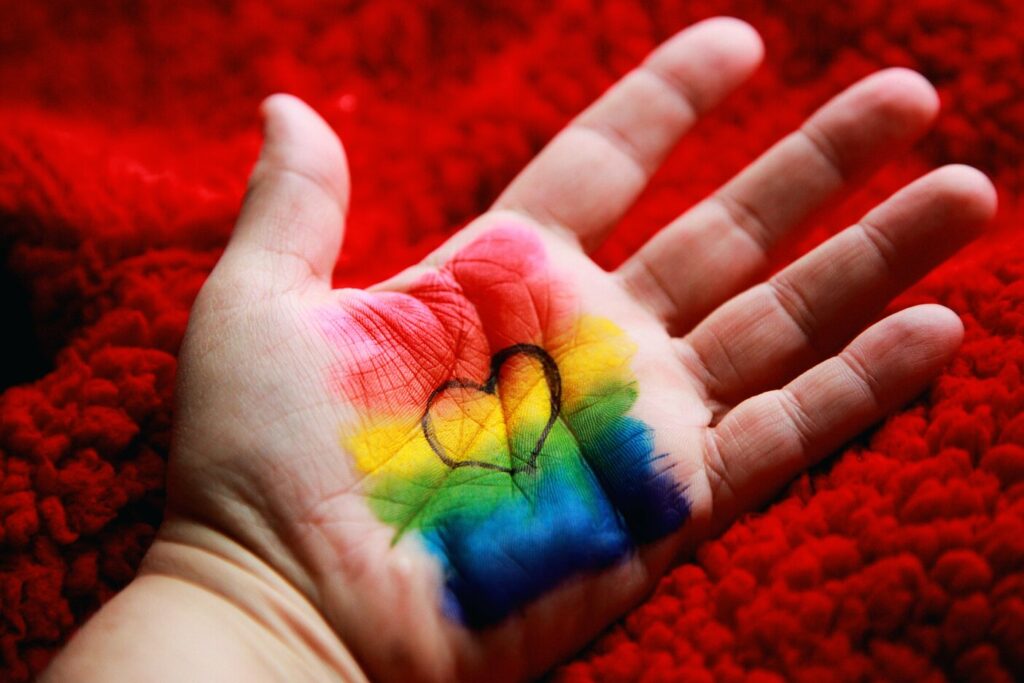
Visibility is More than Simply Being Seen.
Visibility is Crucial!
“By forcing people to hide, intolerance creates its own cynical logic: when a large portion of a group goes unrecognized, it only makes marginalizing the whole easier. Visibility, on the other hand, creates acceptance.”
Visibility is one of the most critical social issues currently being tackled by our society today. It has become even more crucial as we continue to break stigmas and taboos! To clarify, when I talk about visibility, I am not referring to a person’s physical ability to see or not. I am referring to the social construct of seeing yourself and others different from you represented in your community and in society at large (media, government, etc.).
Now you might be wondering, “why is it important to see myself represented? I am unique!” Yes, we are all unique, and our individual experiences are idiosyncratic to our context. However, our collective experience as members of a group can only be understood and validated through visibility and representation.
This idea of the “collective experience” and its relation to visibility is particularly true if you belong to a minority group. If this sounds confusing, let me clarify. Seeing our own experiences highlighted and valued in society can help us normalize what we are going through. It also gives us a sense of community; “you know how I feel, you understand me; therefore, you see me.”
I think we’ve all had people from older generations argue that when they were younger or in the “old days,” there weren’t as many people identifying with a particular group like they are today. Some of these groups, for example, include LGBTQ+ folx, individuals on the autism spectrum, people with disabilities, etc. This “boom” is attributed to different reasons; some are valid, and others are founded in fear and ignorance. Visibility can be attributed as one of those reasons.
For example, let’s consider people with disabilities. There is an underlying misconception that, for some reason, there are more disabled individuals nowadays than in previous generations. While advances in medicine and technology have increased the quality and expectancy of life, the fact is that disabled people have been a part of our society forever. The difference is visibility! They are no longer hiding, being kept away, treated differently, ignored, etc. Because we interact with them daily and see them more commonly represented in the community, we normalize their experiences. This notion can be applied to any other group of people in our society who have previously lacked visibility and representation.
Modern-day social movements are part of the progression of visibility. Every time we see ourselves represented, it impacts our self-esteem, mental health, sense of belonging, empowerment, etc. Look at our Vice President Kamala Harris. Regardless of your political opinions and background, having a woman who identifies as a POC as vice-president of our nation is a huge step forward! Think about it, millions of girls and young women worldwide now see themselves represented in one of the highest positions of government. They know that this person has a better understanding of their point of view and struggles; it’s unifying.
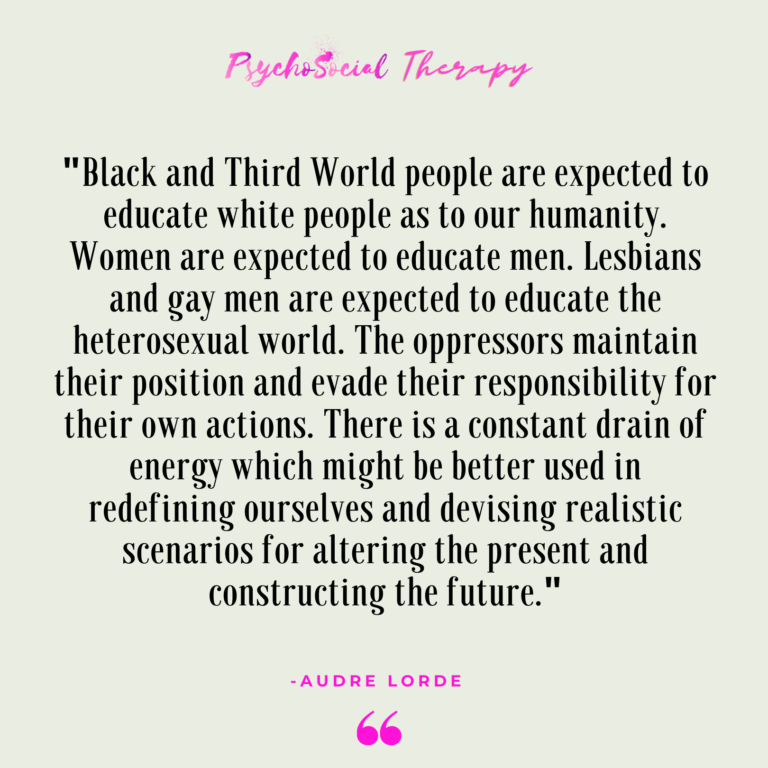
Increased visibility also has an impact on younger generations. Seeing POC, women, LGBTQ+, disabled people, immigrants, and other diverse groups represented in employment positions, power, decision making, mass media, and even toys can make a huge difference. Research shows that visibility improves the self-esteem and sense of empowerment of young children of color. Even having toys that are representative of different people is crucial and enhances self-esteem!
As incredible as it might seem, this is not new information. We have not stumbled upon an incredible enlightened moment. In 1940 Mamie and Kenneth Clark conducted the now-famous “doll test” to study segregation. In the most basic terms, school-aged children were asked to look at 2 dolls, identify their race, pick which doll they preferred, and assign positive characteristics. I’m sure we can all imagine the results; yes, the fair-skinned dolls were preferred by both African American and Caucasian children. Now, this is not just demonstrative of visibility but also racial beliefs and taboos.
This experiment has been replicated various times in different applications, and the results are basically the same. While these results demonstrate deeper racial and social concerns, they are also showing us that minorities and disenfranchised groups lack visibility, leading to distorted views of self.
So, What can We Do? How do We Promote Visibility? How Do We Increase Representation?
Celebrate and support visibility! Buy the crayons that represent all skin tones, purchase the toys that are not selective to your child’s gender/ethnicity. Support small businesses, grants, scholarships, philanthropy, and organizations that service disenfranchised and minority groups. Small contributions can amount to great things and provide access to increased visibility.
Educate yourself. Step outside your comfort zone and learn about other people’s experiences and life. It can be humbling to look at another human being with no preconceived notions and just learn about who they are as an individual. Expose yourself to other cultures, traditions, religions, etc.
Continue to be curious. Curiosity is one of the most powerful remaining childish aspects of our persona. Be curious about people and their lives, continue to learn and explore the many facets of society.
Become aware of biases. I don’t like to demonize Bias because I don’t think it is helpful. However, Bias is there! We all have them; they come from our culture, home life, community, etc. Having a bias does not make you a bad person; however, acting on a bias can. Recognize your Bias and deal with it; talk to others, seek professional help, and be honest. Become an advocate and continue growing as a person. This world needs more people who are allies and advocates for change and equality. Remember that while a particular issue might not be affecting you, it might be the primary concern in someone else’s life. Focus on creating a growth mindset; don’t focus on what you don’t know; focus on what you are willing to learn. One final suggestion is to be wary of merely being “woke” or aware of social issues that impact other groups. We must commit and practice daily. This means calling out discrimination, hate, racism, sexism, homophobia, and other forms of ignorance. This can include calling out family, friends, co-workers, and others around us.
Finally, strive to be respectful and to provide others with the same sense of safety you want. The reality is that there are groups of people who experience daily discrimination, violence, lack of access to resources, trauma, and so much more. Even if you disagree, don’t understand, have different opinions, or whatever it might be, we are all human. We are all here together. We must be respectful of one another and, most importantly, conscious of other people’s safety.
As I was finishing up this article, I felt it was important to highlight the recent increase in hate crimes against Asian Americans and Pacific Islanders due to misconceptions about the pandemic (covid-19). No human should fear for their life because of the color of their skin, gender, culture, or ethnic background. As a mental health provider, minority, and woman, I stand with our Asian American and Pacific Islander brothers and sisters; and urge others to become involved and create safe spaces for healing and hope.
If you would like to become involved or know someone who has been impacted by these hate crimes, below are some valuable resources.
Alejandra is a Registered Associate Marriage and Family Therapist and Professional Clinical Counselor (AMF #105469, APC# 4917). She graduated from Brandman University with a Masters in Psychology; she also holds a Bachelors in Psychology and Criminal Justice from California State University, San Bernardino.
Currently, she works for a non-profit organization that provides mental health services to schools in southern California. In addition, she also works for a private practice where she specializes in working with children, youth, and families suffering from a variety of issues such as academic performance, learning disabilities, depression, anxiety, bipolar, ADHD, Autism Spectrum Disorder, and grief.
-
Alejandra Alvarez, LMFThttps://psychosocial.media/author/alvarez/September 3, 2018
-
Alejandra Alvarez, LMFThttps://psychosocial.media/author/alvarez/September 14, 2018
-
Alejandra Alvarez, LMFThttps://psychosocial.media/author/alvarez/November 20, 2018
-
Alejandra Alvarez, LMFThttps://psychosocial.media/author/alvarez/

